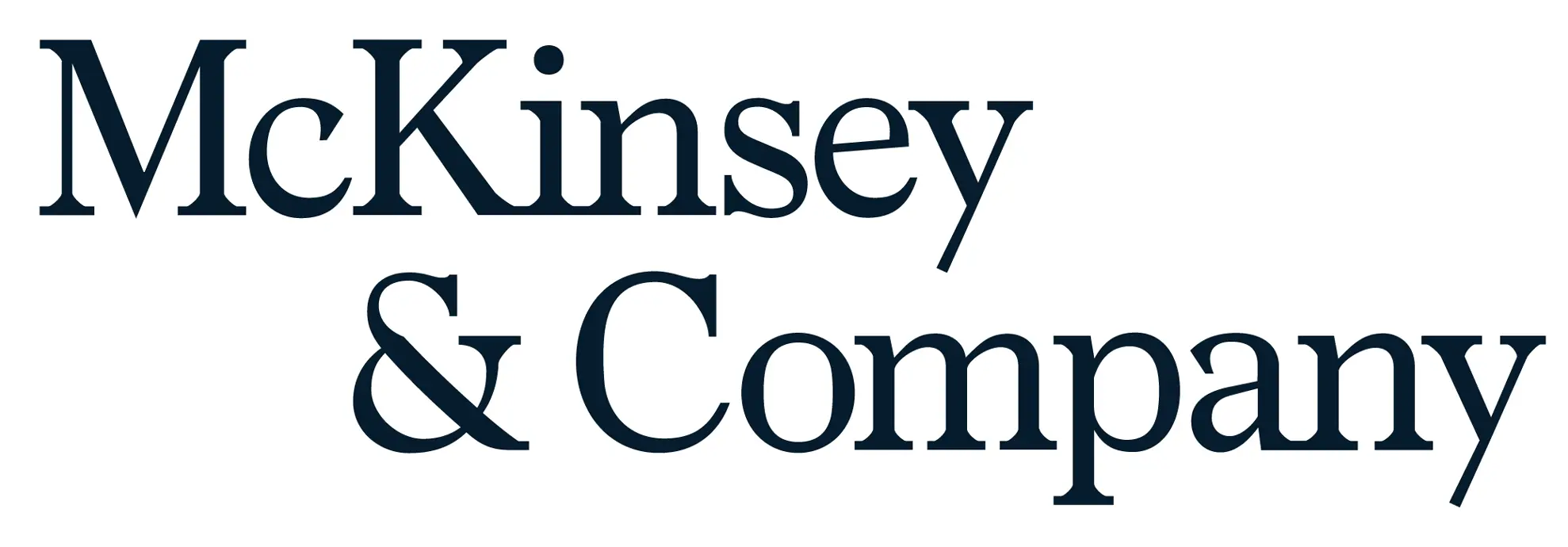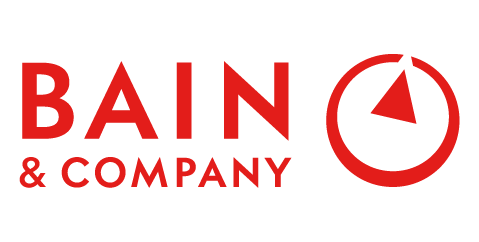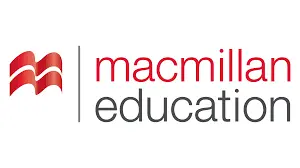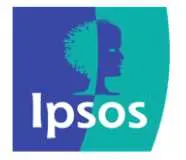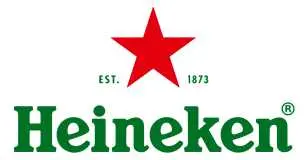
Anti-Obesity Drugs Market Growth, Size, Trends, Demand, Analysis, Revenue and Future Outlook
Anti-Obesity Drugs Market Growth, Size, Trends Analysis - By Type, By Distribution Channel - Regional Outlook, Competitive Strategies and Segment Forecast to 2034
| Published: Feb-2025 | Report ID: PHAR2503 | Pages: 1 - 229 | Formats*: |
| Category : Pharmaceutical | |||
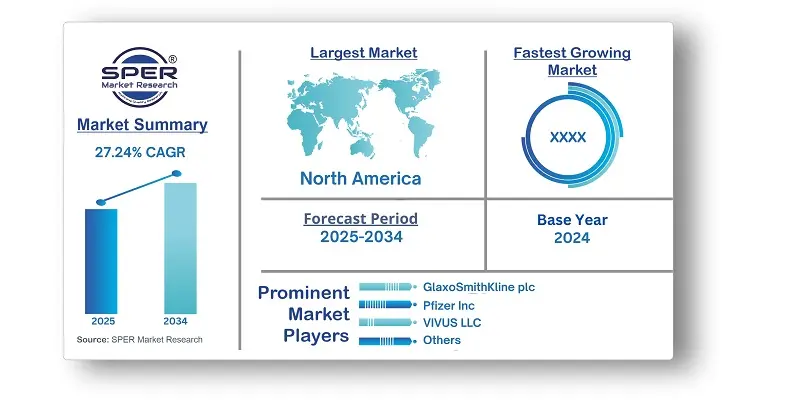
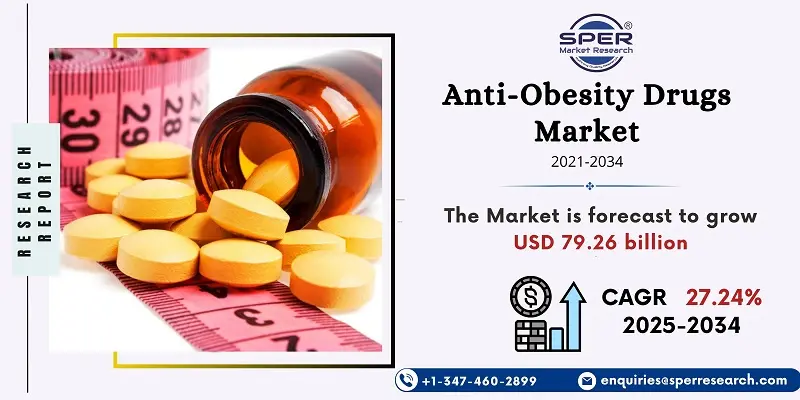
- In November 2023, Lilly declared that the U.S. Food and Drug Administration had approved Zepbound for the treatment of persistent weight in obese people.
- In October 2022, Lilly obtained the USFDA's Fast Track Designation for tirzepatide. The product is being researched to treat adult overweight or obesity.
- In February 2022, Pfizer Inc.’s study on an oral diabetes drug called glucagon-like peptide-1 receptors found that it could help control type 2 diabetes and aid to weight loss, as obesity is frequently associated with type 2 diabetes.
- In November 2021, Novo Nordisk declared that the Committee for Medicinal Products for Human Use (CHMP), a European regulatory body, had adopted a favorable judgment and suggested that Wegovy be approved for sale in order to treat chronic obesity in adults.
- In October 2021, Navamedic ASA expanded its Mysimba distribution rights in the Nordic region. Currax Pharmaceutical LLC, formerly known as Orexigen Therapeutics, Inc., sold Mysimba to Navamedic ASA in 2017 for a five-year exclusive distribution right in the Nordic region.
- In April 2021, Zealand Pharma A/S and Boehringer Ingelheim started Phase 2 studies of BI 456906, a GLP-1/glucagon dual agonist, for individuals with non-alcoholic steatohepatitis (NASH) and overweight or obese adults.
| Report Metric | Details |
| Market size available for years | 2021-2034 |
| Base year considered | 2024 |
| Forecast period | 2025-2034 |
| Segments covered | By Type, By Distribution Channel. |
| Regions covered | North America, Latin America, Asia-Pacific, Europe, and Middle East & Africa. |
| Companies Covered | Boehringer Ingelheim International GmbH, Currax Pharmaceuticals LLC, F. Hoffmann-La Roche Ltd, GlaxoSmithKline plc, Novo Nordisk A/S, Pfizer Inc, Sandoz International GmbH, VIVUS LLC. and others. |
- Global Anti-Obesity Drugs Market Size (FY’2021-FY’2034)
- Overview of Global Anti-Obesity Drugs Market
- Segmentation of Global Anti-Obesity Drugs Market By Type (Prescription Drugs and OTC Drugs)
- Segmentation of Global Anti-Obesity Drugs Market By Distribution Channel (Hospital Pharmacy and Retail & Online Pharmacy)
- Statistical Snap of Global Anti-Obesity Drugs Market
- Expansion Analysis of Global Anti-Obesity Drugs Market
- Problems and Obstacles in Global Anti-Obesity Drugs Market
- Competitive Landscape in the Global Anti-Obesity Drugs Market
- Details on Current Investment in Global Anti-Obesity Drugs Market
- Competitive Analysis of Global Anti-Obesity Drugs Market
- Prominent Players in the Global Anti-Obesity Drugs Market
- SWOT Analysis of Global Anti-Obesity Drugs Market
- Global Anti-Obesity Drugs Market Future Outlook and Projections (FY’2025-FY’2034)
- Recommendations from Analyst
1.1. Scope of the report1.2. Market segment analysis
2.1. Research data source
2.1.1. Secondary Data2.1.2. Primary Data2.1.3. SPERs internal database2.1.4. Premium insight from KOLs
2.2. Market size estimation
2.2.1. Top-down and Bottom-up approach
2.3. Data triangulation
4.1. Driver, Restraint, Opportunity and Challenges analysis
4.1.1. Drivers4.1.2. Restraints4.1.3. Opportunities4.1.4. Challenges
5.1. SWOT Analysis
5.1.1. Strengths5.1.2. Weaknesses5.1.3. Opportunities5.1.4. Threats
5.2. PESTEL Analysis
5.2.1. Political Landscape5.2.2. Economic Landscape5.2.3. Social Landscape5.2.4. Technological Landscape5.2.5. Environmental Landscape5.2.6. Legal Landscape
5.3. PORTERs Five Forces
5.3.1. Bargaining power of suppliers5.3.2. Bargaining power of buyers5.3.3. Threat of Substitute5.3.4. Threat of new entrant5.3.5. Competitive rivalry
5.4. Heat Map Analysis
6.1. Global Anti-Obesity Drugs Market Manufacturing Base Distribution, Sales Area, Interface Type6.2. Mergers & Acquisitions, Partnerships, Interface Launch, and Collaboration in Global Anti-Obesity Drugs Market
7.1. Prescription Drugs7.2. OTC Drugs
8.1. Hospital Pharmacy8.2. Retail and Online Pharmacy
9.1. Global Anti-Obesity Drugs Market Size and Market Share
10.1. Asia-Pacific
10.1.1. Australia10.1.2. China10.1.3. India10.1.4. Japan10.1.5. South Korea10.1.6. Rest of Asia-Pacific
10.2. Europe
10.2.1. France10.2.2. Germany10.2.3. Italy10.2.4. Spain10.2.5. United Kingdom10.2.6. Rest of Europe
10.3. Middle East and Africa
10.3.1. Kingdom of Saudi Arabia10.3.2. United Arab Emirates10.3.3. Qatar10.3.4. South Africa10.3.5. Egypt10.3.6. Morocco10.3.7. Nigeria10.3.8. Rest of Middle-East and Africa
10.4. North America
10.4.1. Canada10.4.2. Mexico10.4.3. United States
10.5. Latin America
10.5.1. Argentina10.5.2. Brazil10.5.3. Rest of Latin America
11.1. Boehringer Ingelheim International GmbH
11.1.1. Company details11.1.2. Financial outlook11.1.3. Interface summary11.1.4. Recent developments
11.2. Currax Pharmaceuticals LLC
11.2.1. Company details11.2.2. Financial outlook11.2.3. Interface summary11.2.4. Recent developments
11.3. F. Hoffmann-La Roche Ltd
11.3.1. Company details11.3.2. Financial outlook11.3.3. Interface summary11.3.4. Recent developments
11.4. GlaxoSmithKline plc
11.4.1. Company details11.4.2. Financial outlook11.4.3. Interface summary11.4.4. Recent developments
11.5. Novo Nordisk A/S
11.5.1. Company details11.5.2. Financial outlook11.5.3. Interface summary11.5.4. Recent developments
11.6. Pfizer Inc
11.6.1. Company details11.6.2. Financial outlook11.6.3. Interface summary11.6.4. Recent developments
11.7. Sandoz International GmbH
11.7.1. Company details11.7.2. Financial outlook11.7.3. Interface summary11.7.4. Recent developments
11.8. VIVUS LLC
11.8.1. Company details11.8.2. Financial outlook11.8.3. Interface summary11.8.4. Recent developments
11.9. Others
SPER Market Research’s methodology uses great emphasis on primary research to ensure that the market intelligence insights are up to date, reliable and accurate. Primary interviews are done with players involved in each phase of a supply chain to analyze the market forecasting. The secondary research method is used to help you fully understand how the future markets and the spending patterns look likes.
The report is based on in-depth qualitative and quantitative analysis of the Product Market. The quantitative analysis involves the application of various projection and sampling techniques. The qualitative analysis involves primary interviews, surveys, and vendor briefings. The data gathered as a result of these processes are validated through experts opinion. Our research methodology entails an ideal mixture of primary and secondary initiatives.
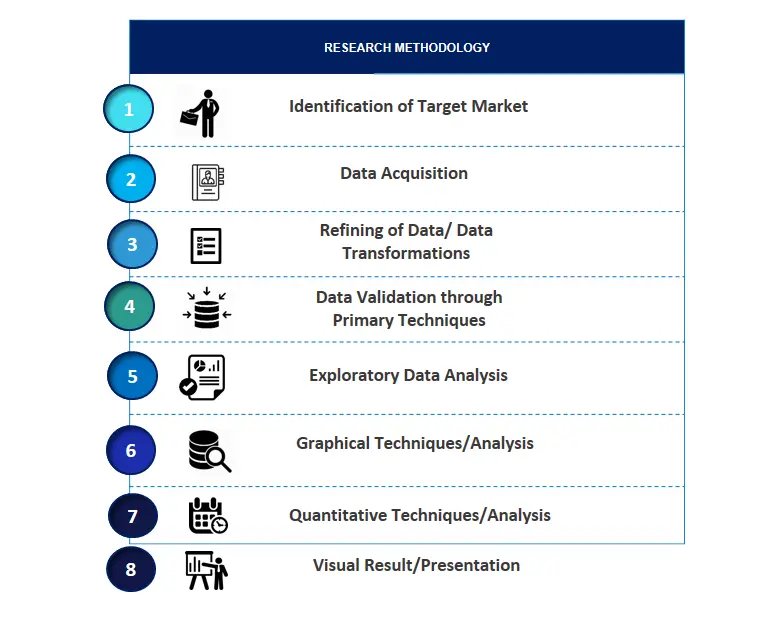
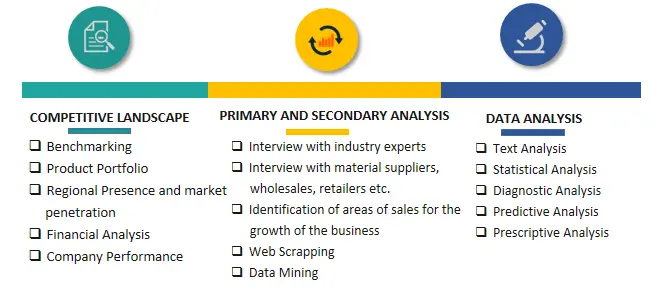

Frequently Asked Questions About This Report
PLACE AN ORDER
Year End Discount
Sample Report
Pre-Purchase Inquiry
NEED CUSTOMIZATION?
Request CustomizationCALL OR EMAIL US
100% Secure Payment
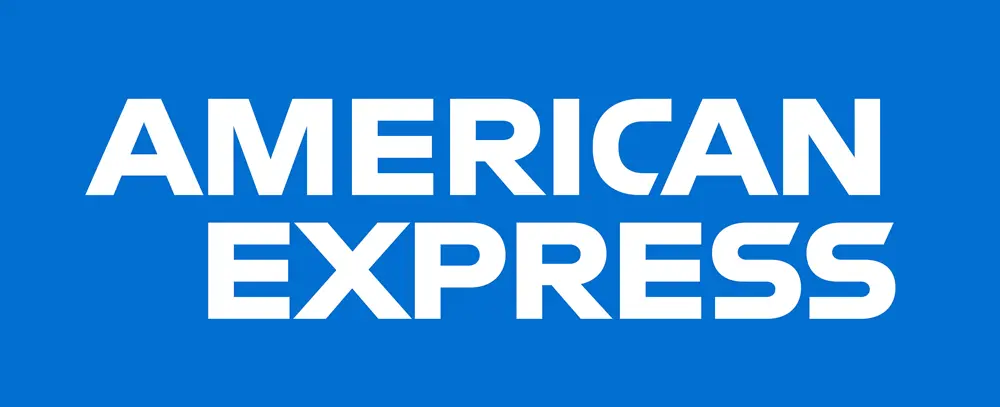


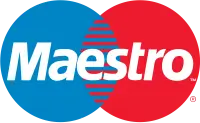


Related Reports
Our Global Clients
Our data-driven insights have influenced the strategy of 200+ reputed companies across the globe.






